.svg)
Balancing Automation and Human Creativity in Marketing
.svg)
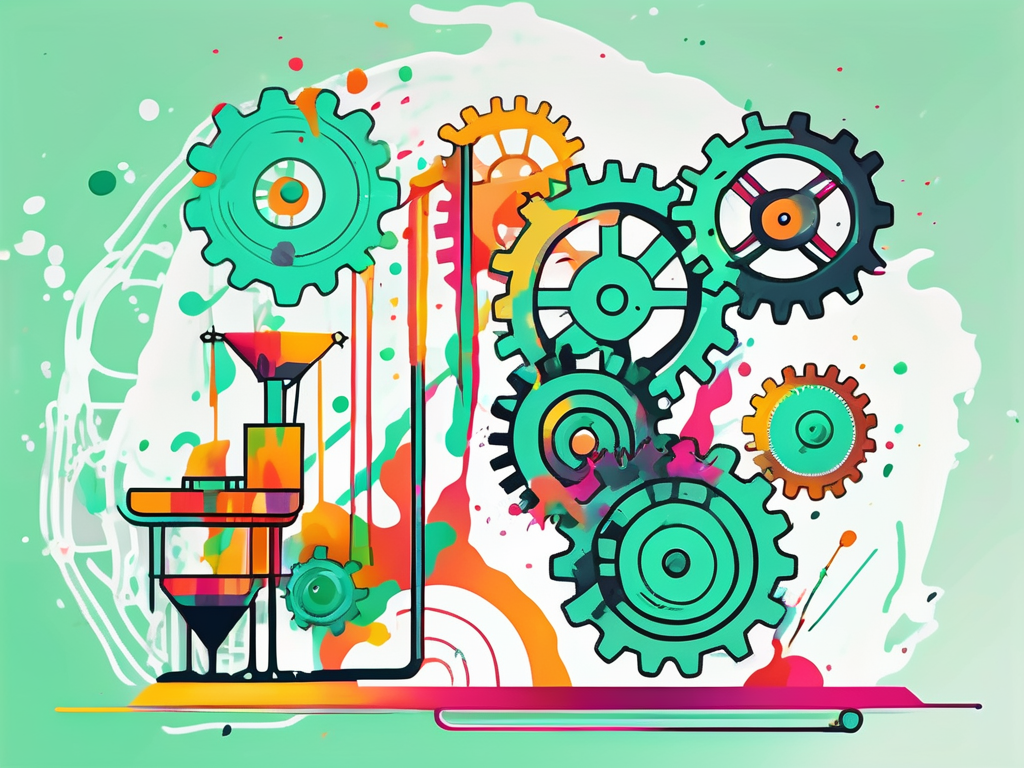
The integration of technology has transformed the way businesses reach and engage with their audiences. Automation tools have become indispensable, offering efficiency and precision that were once unimaginable. However, amidst this technological revolution, the essence of human creativity remains irreplaceable. Striking the right balance between automation and human ingenuity is crucial for crafting marketing strategies that resonate with consumers and drive meaningful results.
The Role of Automation in Modern Marketing
Efficiency and Scalability
Automation in marketing is primarily valued for its ability to enhance efficiency and scalability. By automating repetitive tasks such as email campaigns, social media posting, and data analysis, marketers can save significant time and resources. This efficiency allows businesses to scale their operations without a proportional increase in workload, enabling them to reach larger audiences with minimal effort.
Moreover, automation tools can process vast amounts of data at speeds unattainable by human efforts alone. This capability is essential for businesses aiming to personalise their marketing efforts at scale. By analysing consumer behaviour and preferences, automated systems can tailor messages to individual needs, thereby increasing engagement and conversion rates.
Data-Driven Decision Making
Automation empowers marketers with data-driven insights that inform strategic decisions. Advanced analytics tools can track consumer interactions across various channels, providing a comprehensive view of the customer journey. This data is invaluable for understanding what resonates with audiences and what does not, allowing marketers to refine their strategies accordingly.
Furthermore, automated systems can predict trends and consumer behaviours, enabling businesses to stay ahead of the curve. By leveraging predictive analytics, companies can anticipate market shifts and adjust their marketing tactics proactively, ensuring they remain competitive in a rapidly changing environment.
The Irreplaceable Value of Human Creativity
Emotional Connection and Storytelling
While automation excels in efficiency and data analysis, it lacks the ability to forge emotional connections with consumers. Human creativity is essential for crafting compelling narratives that resonate on a personal level. Storytelling is a powerful tool in marketing, allowing brands to convey their values, mission, and identity in a way that engages and inspires audiences.
Creative professionals bring a unique perspective to marketing campaigns, infusing them with emotion, humour, and authenticity. These elements are crucial for building brand loyalty and fostering long-term relationships with consumers. In a world saturated with automated messages, the human touch can make all the difference in capturing attention and driving engagement.
Innovation and Adaptability
Human creativity is the driving force behind innovation in marketing. Creative thinkers are adept at identifying new opportunities and experimenting with unconventional ideas. This adaptability is vital in an industry where trends and consumer preferences are constantly evolving.
Moreover, creative professionals can interpret data insights in ways that machines cannot. They can discern subtle nuances and cultural contexts that influence consumer behaviour, allowing them to develop strategies that are not only data-driven but also culturally relevant and impactful.
Strategies for Balancing Automation and Creativity
Integrating Technology with Human Insight
To achieve a harmonious balance between automation and creativity, businesses must integrate technology with human insight. This involves using automation tools to handle data collection and analysis while relying on creative professionals to interpret the results and develop innovative strategies.
Collaboration between data analysts and creative teams is essential for translating insights into actionable marketing campaigns. By fostering a culture of collaboration, businesses can ensure that their marketing efforts are both data-informed and creatively inspired, leading to more effective and engaging outcomes.
Customising Automation Tools
Customising automation tools to align with brand values and creative goals is another effective strategy. Businesses should select automation platforms that offer flexibility and customisation options, allowing them to tailor automated processes to their unique needs.
For instance, personalisation features can be adjusted to reflect the brand's tone and style, ensuring that automated messages remain consistent with the overall brand identity. By customising automation tools, businesses can maintain a cohesive brand image while benefiting from the efficiency and precision of automated processes.
Continuous Evaluation and Adaptation
Balancing automation and creativity is an ongoing process that requires continuous evaluation and adaptation. Businesses should regularly assess the effectiveness of their marketing strategies, using both quantitative data and qualitative feedback to gauge success.
By staying attuned to consumer responses and market trends, companies can adjust their approach as needed, ensuring that their marketing efforts remain relevant and impactful. This iterative process allows businesses to refine their strategies over time, achieving a dynamic balance between automation and creativity.
Challenges and Considerations
Maintaining Authenticity
One of the primary challenges in balancing automation and creativity is maintaining authenticity. Automated messages can sometimes feel impersonal, risking alienation of the audience. To mitigate this, businesses must ensure that their automated communications are personalised and reflect the brand's voice and values.
Incorporating human elements into automated processes, such as personalised greetings or customised content, can help maintain authenticity and foster a genuine connection with consumers. By prioritising authenticity, businesses can enhance the effectiveness of their automated marketing efforts.
Ensuring Data Privacy and Security
As automation relies heavily on data collection and analysis, ensuring data privacy and security is a critical consideration. Businesses must adhere to data protection regulations and implement effective security measures to safeguard consumer information.
Transparency is key to building trust with consumers. Companies should communicate clearly about how data is collected, used, and protected, ensuring that consumers feel confident in sharing their information. By prioritising data privacy and security, businesses can maintain consumer trust while leveraging automation to enhance their marketing efforts.
The Future of Marketing: A Harmonious Blend
The future of marketing lies in a harmonious blend of automation and human creativity. As technology continues to advance, the potential for automation in marketing will only grow. However, the human element will remain indispensable, providing the creativity, empathy, and innovation needed to connect with audiences on a deeper level.
By embracing both automation and creativity, businesses can craft marketing strategies that are efficient, data-driven, and emotionally resonant. This balanced approach will enable companies to navigate the complexities of the modern marketing landscape, achieving sustainable success in an increasingly competitive environment.
Ultimately, the key to successful marketing lies in recognising the strengths of both automation and human creativity and using them in tandem to create campaigns that captivate and inspire.
Let's
Let’s discuss how we can bring reinvigorated value and purpose to your brand.

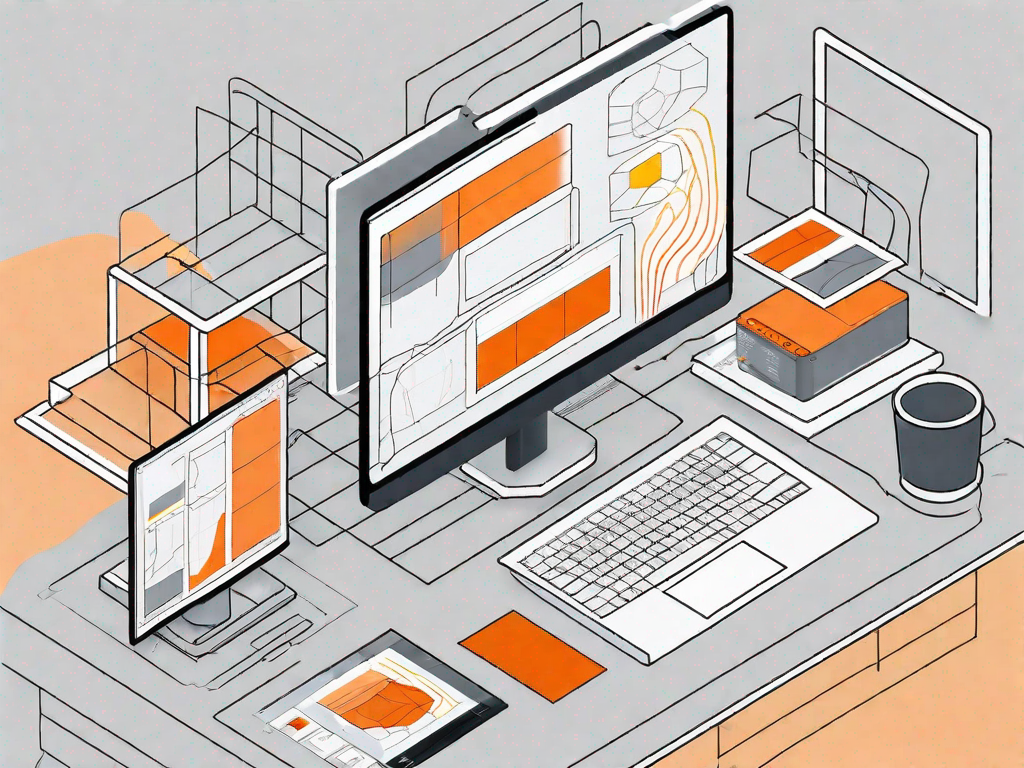
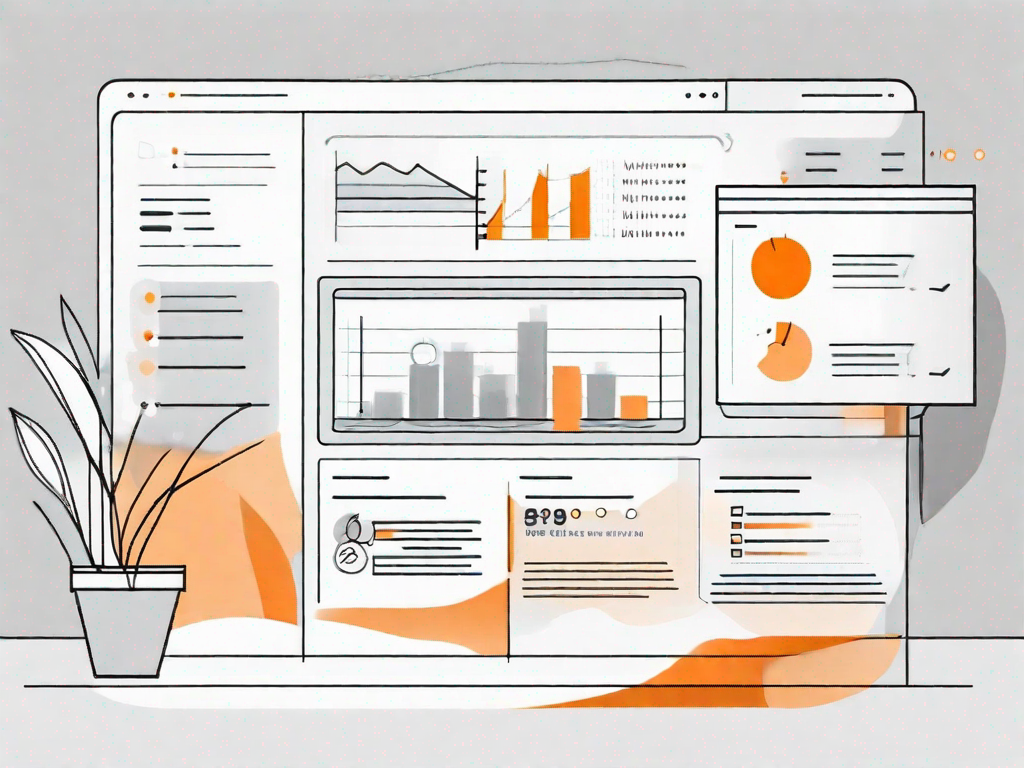

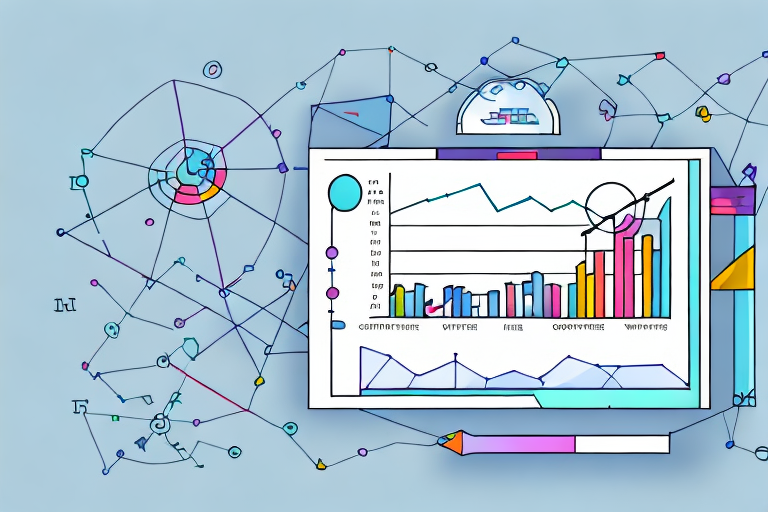

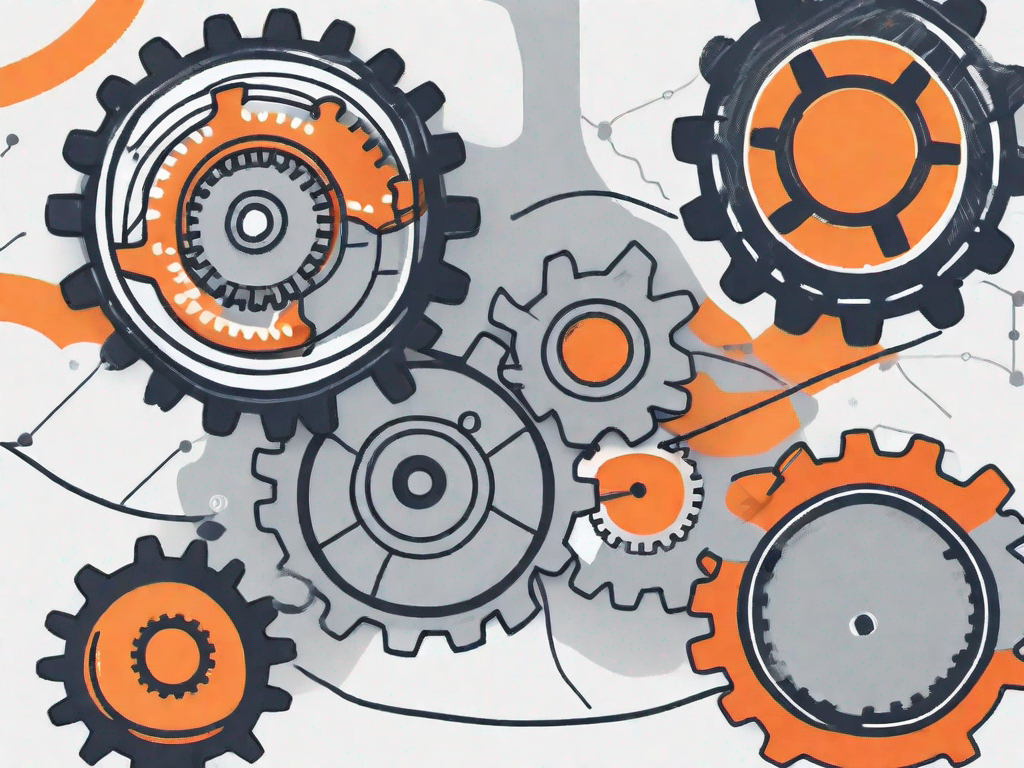
.svg)